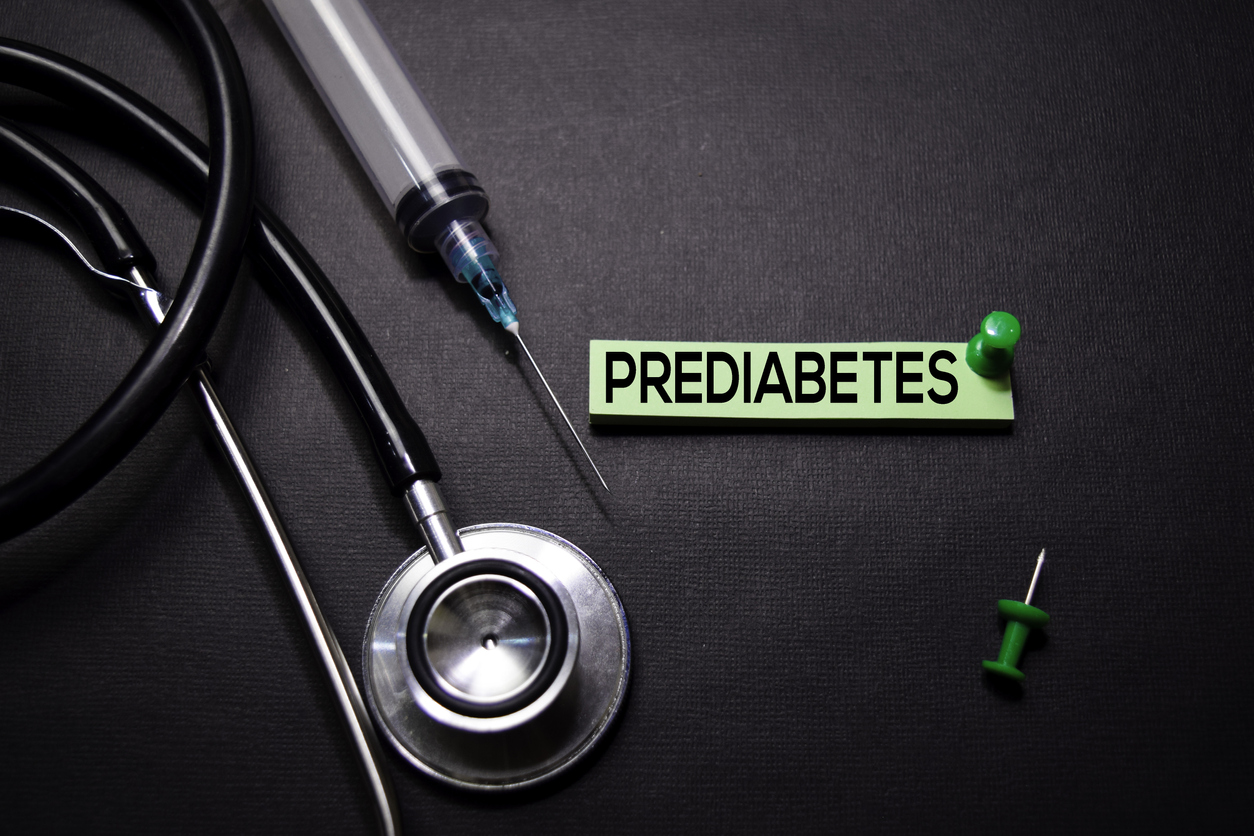What is Prediabetes?
This November, the main focus of National Diabetes Month is preventing diabetes. NIDDK’s goal is to raise awareness about prediabates and the steps that can be taken to prevent prediabetes from turning into type 2 diabetes.
All types of diabetes are related to issues with insulin and how your body uses blood sugar (glucose). A major part of this campaign is to clarify the differences between prediabetes, type 2 diabetes and type 1 diabetes. As broken down by Mayo Clinic, here is a definition of each condition:
- Prediabetes: Prediabetes is a preventable health condition where blood sugar levels are higher than normal. This is caused by the cells in your body not responding normally to insulin. Your pancreas makes more insulin to try to get cells to respond, but eventually your pancreas can’t keep up, and your blood sugar rises.
- Type 2 diabetes: Type 2 diabetes occurs when prediabetes goes unmanaged. This preventable, chronic condition results in too much sugar circulating in the bloodstream. Eventually, the high blood sugar levels can lead to disorders of the circulatory, nervous and immune systems.
- Type 1 diabetes: Type 1 diabetes, once known as juvenile diabetes or insulin-dependent diabetes, is a chronic condition in which the pancreas produces little or no insulin. Different factors, including genetics and some viruses, may contribute to type 1 diabetes and right now there is no known way to prevent this condition and there is not a cure.
The Facts
Do not let the “pre” in prediabetes confuse you. This is a very serious health condition that puts you at increased risk of developing type 2 diabetes, heart disease, and stroke. As explained by the CDC, approximately 88 million American adults have prediabetes, that is 1 and 3. Of that, more than 84% don’t know they have it. That is because you can have prediabetes for years with no clear symptoms, so it often goes undetected until serious health problems show up.
This November is the perfect time to take the CDC Prediabetes Risk Test or talk to your doctor about your risk level. If you are high risk, it is a good idea to have your blood sugar tested. Risk factors include:
- Being overweight
- Being 45 years or older
- Having family history of type 2 diabetes
- Living a sedentary lifestyle
- Ever having gestational diabetes
While type 2 diabetes was mostly diagnosed in older adults in the past, more and more children, teens and young adults are being diagnosed with both prediabtes and type 2 diabetes.
PreVENTdiabetes
As stated by the CDC, prediabetes is your chance to prevent type 2 diabetes. Prediabetes can be reversed and you can reduce your risk of type 2 diabetes by making healthy lifestyle changes. While prediabates is a serious health condition, that comes with increased risk of heart disease and stroke, it does not yet have the debilitating consequences of type 2 diabetes.
Type 2 diabetes affects every major organ in the body. People with diabetes often develop major complications, such as kidney failure, blindness, and nerve damage that can lead to the amputation of a toe, foot, or leg. Type 2 diabetes can also double the risk of depression. Overall, this condition can sharply reduce quality of life and prevention efforts should be taken seriously. Visit our previous blog post to learn which steps you can start taking today to reduce your risk.



